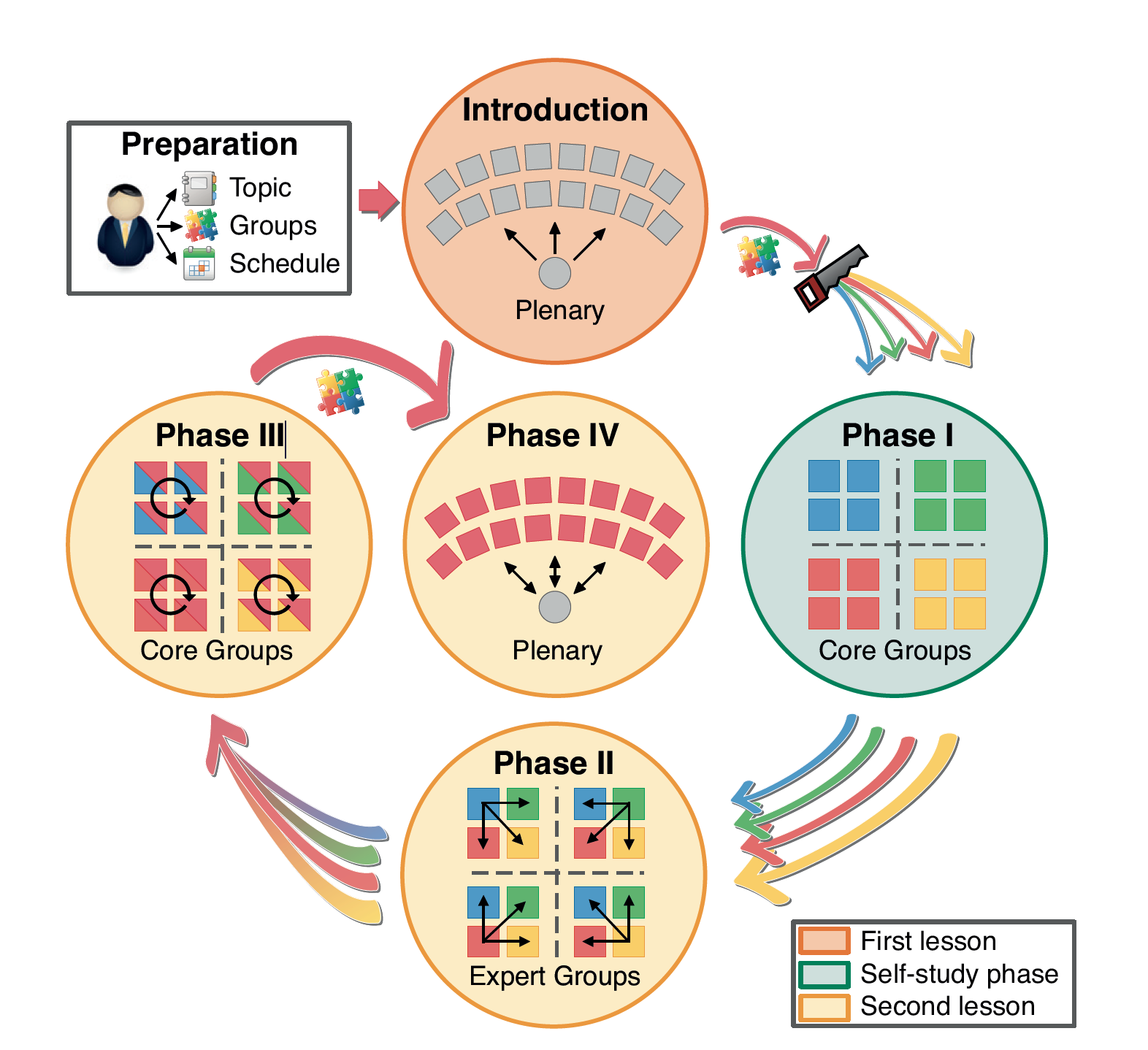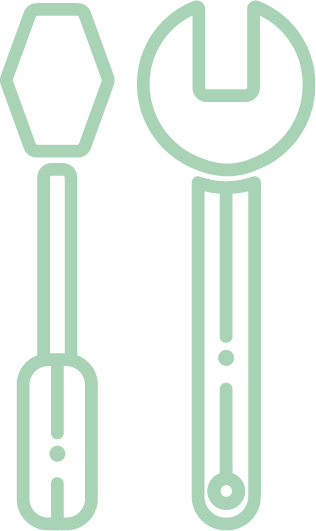#08 - Group Puzzle
promoting activating and student-centred teaching
Introduction
University graduates usually have to work as part of a team. It therefore makes sense to promote not only subject-specific competencies, but also key competencies in the classroom.
This can be achieved, for example, by using the “group puzzle“ method, where self-organisation, cooperation and communication in a team play a particularly important role.
Different variants of this teaching method have already been well described in scientific literature1,2 Therefore, only a brief introduction to this teaching method is described here as well as possible advantages.

A more detailed version of this article is available in the OER Repository
What is the group puzzle method?
The actual implementation of the group puzzle method is divided into four successive phases - see also Figure 1. In addition, there is the teacher‘s preparation phase and an introduction in a plenary session.
Preparation:
- Topic selection: Divide a larger topic into sub-topics. These should be designed in such a way that they can be presented in approx. 5 minutes and together form a whole again.
- Group division: You need the same number of core groups as sub-topics. The number of group members must be greater than or equal to the number of sub-topics.
- Assignment: Each core group is assigned a sub-topic and should prepare a short presentation on their topic. The best way to do this is to apply the SMART principles4 and create a worksheet with guiding questions.
Introduction:
The teacher explains the content and schedule of the the teaching method, divides the students into groups and and hands over the sub-topics to the groups in the form of an assignment.
PHASE I – Core groups:
The students work independently on the contents of the sub-topic and prepare a short presentation.
Switching groups: The members of the core groups are divided equally into expert groups so that there is at least one expert for each sub-topic in each group.
PHASE II – Expert groups:
The experts take turns in presenting their sub-topic. The members of the expert groups thus also become experts for the other sub-topics.
Switching groups: The expert groups return to their core groups.
PHASE III – Core groups:
In the core groups, the topics of the other groups are presented and discussed together.
PHASE IV – Plenary:
Finally, all topics are discussed together with the teacher. The teacher has the opportunity to get feedback from the students in order to identify particular challenges.

Use cases for the group puzzle method
- Creating an overview of a complex or extensive topic
- Repeating and consolidating previously learned content
- Promoting key competences through teamwork
The method is well-suited for courses with up to 30 students.

You can learn more about me in the FAQ.
Strengths of the group puzzle method
- Students are activated through independent and self-organised tasks
- “Freeloaders“, i.e. students who rely on others in group work - a frequent reservation - are hardly the case, since the contents are worked out in the group, but must then be presented individually by the students
- Student-centredness: The teacher takes a back seat and accompanies and supports the students
- Key competences are promoted through teamwork
- Acceptance by students: The group puzzle was described as challenging, strenuous, but also instructive by students in the lecture with practical Construction Materials (approx. 20 students)
- Method diversity of a course (in combination with other methods) is also desired by the students and is one of the reasons why this teaching method is so well accepted

By collecting feedback, for example with “feedbackr“, the teacher has the possibility to continuously adapt and improve the application of the teaching method (Scholarship of Teaching and Learning)5.

More on feedbackr in the article #01 Feedbackr in the Tools section.
The group puzzle method in digital teaching
The group puzzle method can be applied in face-to-face classes as well as in blended learning scenarios or completely online.
- For a blended learning scenario, phase I can be made an asynchronous self-study phase.
- The individual group phases can be handled in an online setting via breakout rooms.
- For the purpose of documenting the results in any setting, a shared document can be created that is accessible to everyone in the learning management system.
In the case of applying the method online, it should be kept in mind that group cohesion
and direct communication is more difficult online and therefore more moderation by the
teacher may be needed, also in the breakout sessions, so that no one feels overwhelmed6.
Bibliography
- Kroker, Bettina. „Unterrichtsmethoden: Das Gruppenpuzzle.” Betzold Blog. April 04, 2020.
- Frankenberger, Rolf. 2008. „Das zersägte Klassenzimmer.” Universität Tübingen
- More detailed version in the OER repository
- Schroer, Kevin. „Smart Ziele - Definition, Erklärung & Beispiele + Übungsfragen“. Accessed on 7 April, 2023.
- Barr, R. & Tagg, J., (1995) From Teaching to Learning: A New Paradigm for Undergraduate Education. Change 26(6), 12-25.
- E-Teaching.org „Gruppenpuzzle”. Accessed on 26 May 2023.

 Jakob Harden
Jakob Harden